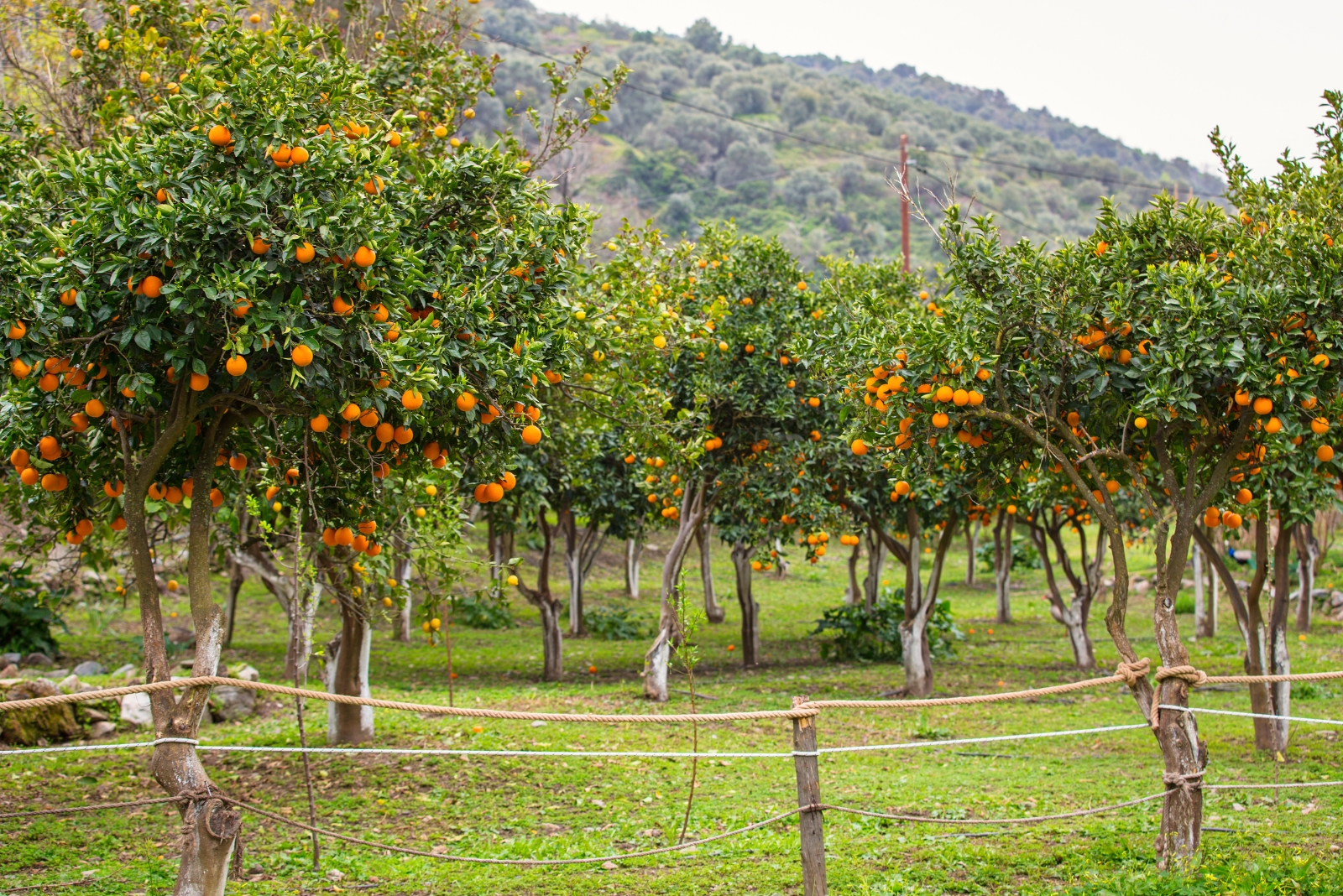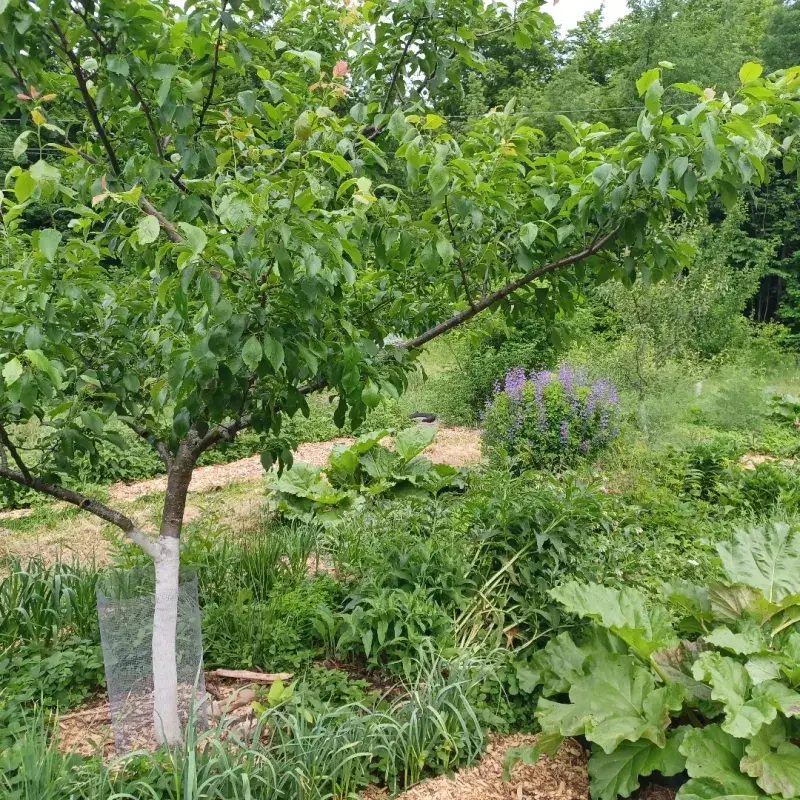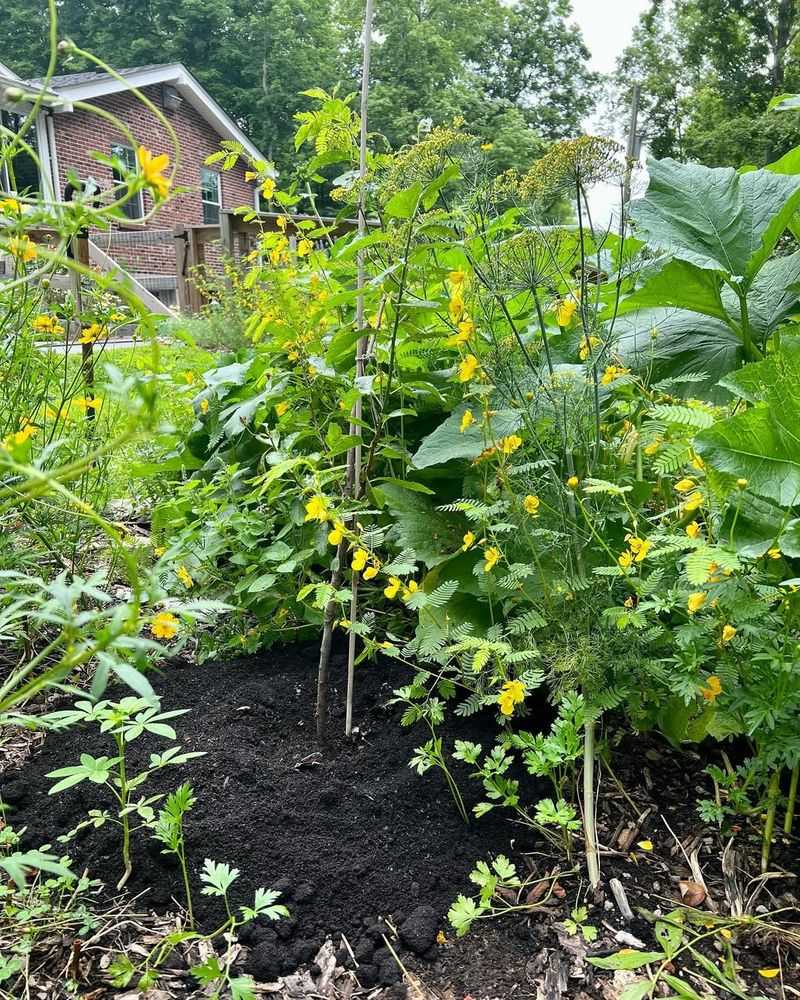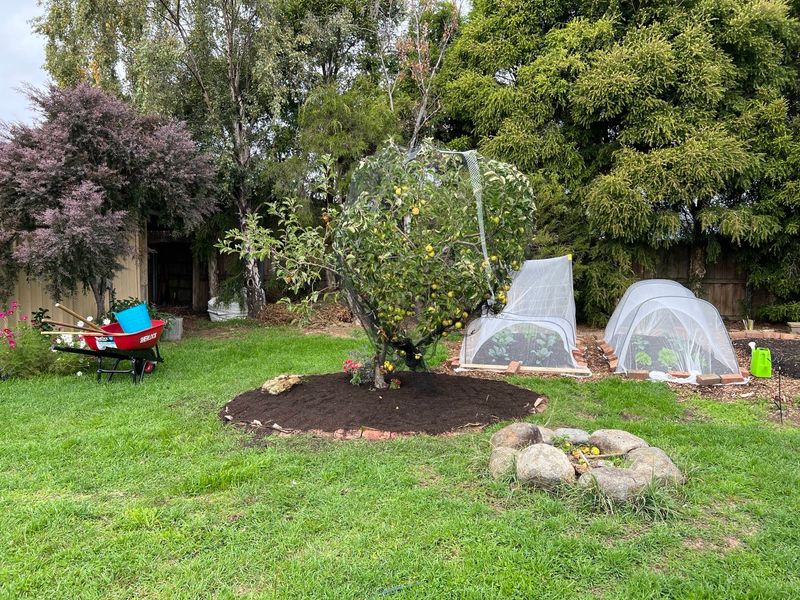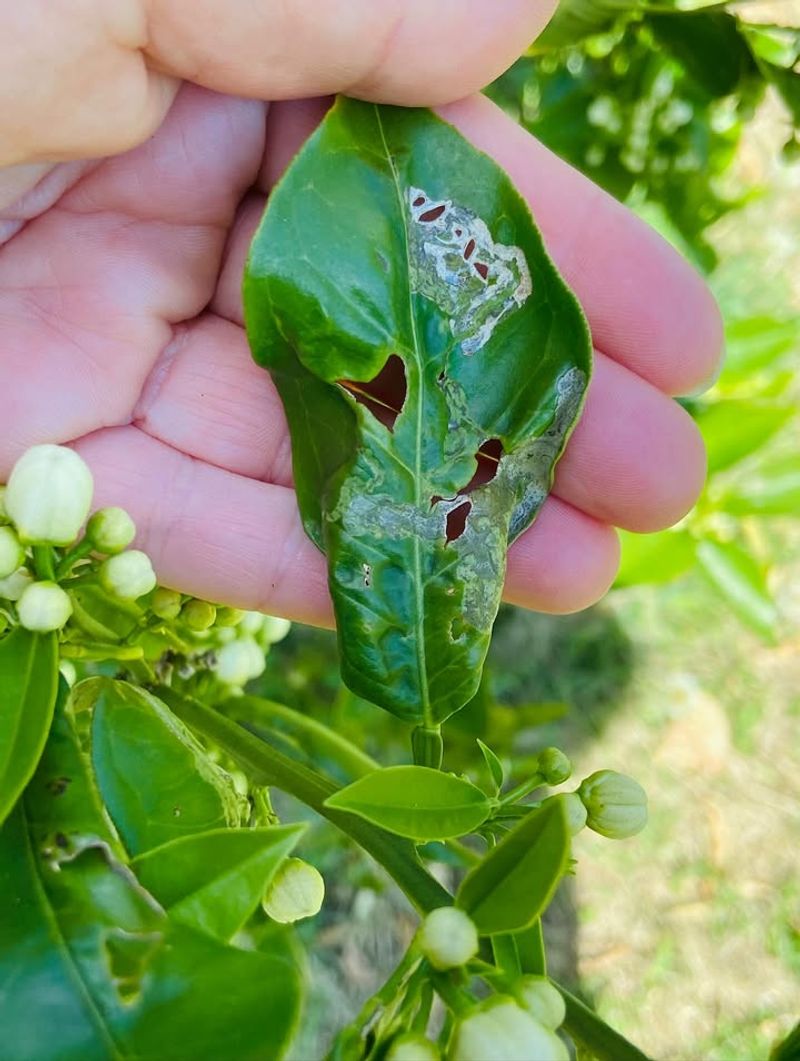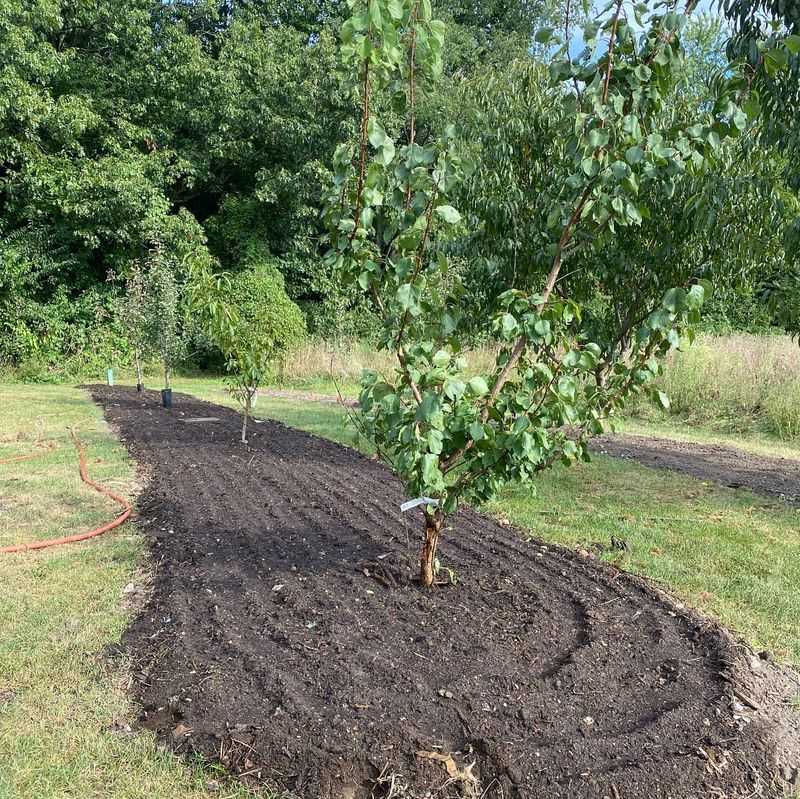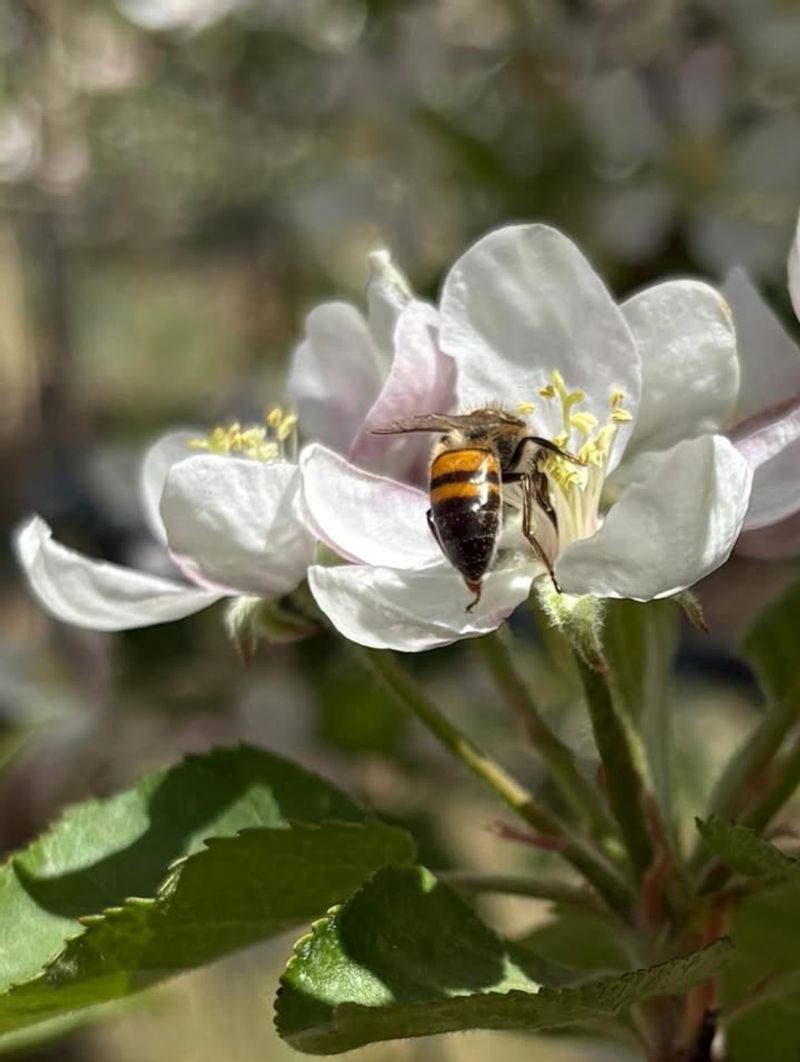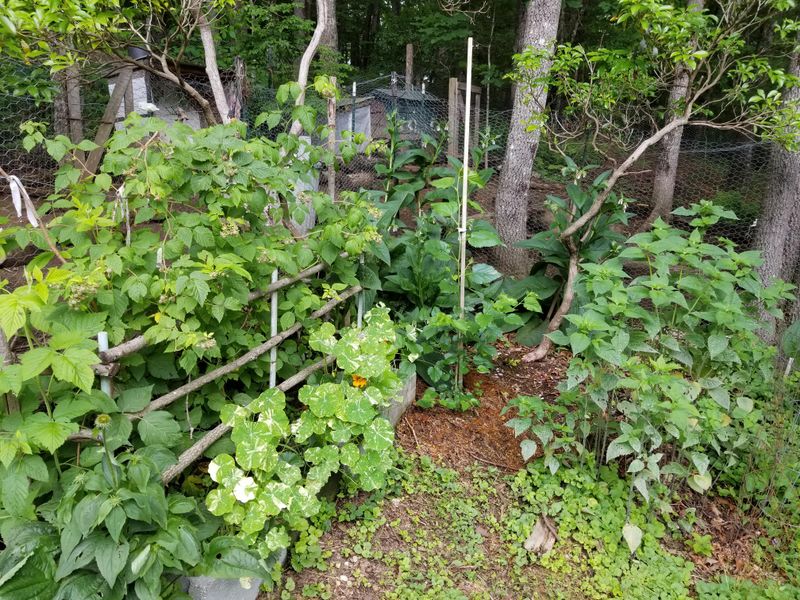California’s fruit trees are getting a new lease on life thanks to an ancient gardening method called the tree guild. Farmers and home gardeners across the state are rediscovering this smart planting technique that helps fruit trees grow stronger and produce better harvests.
By grouping plants together in special ways, tree guilds create mini-ecosystems that naturally fight pests and boost soil health.
1. Ancient Wisdom Meets Modern Agriculture
Farmers have been using tree guilds for hundreds of years, long before chemical fertilizers existed. Indigenous communities and European gardeners both discovered that certain plants grow better when planted as neighbors rather than alone.
California growers are now bringing back this forgotten knowledge to create healthier orchards. The method works because different plants support each other, sharing nutrients and protecting against diseases naturally.
2. Building A Natural Support System
A tree guild works like a team where every plant has a special job. Some plants fix nitrogen in the soil, feeding the fruit tree without synthetic fertilizers. Others attract beneficial insects that eat harmful pests.
Ground cover plants prevent weeds and keep moisture in the soil during California’s dry summers. Together, these companion plants create a balanced environment where fruit trees can thrive with less human intervention and fewer chemical treatments.
3. Water Conservation Champions
With California facing ongoing drought challenges, tree guilds offer a smart solution for water-stressed orchards. Deep-rooted companion plants help break up compacted soil, allowing water to penetrate deeper instead of running off the surface.
Mulch plants and ground covers shade the soil, reducing evaporation by keeping the earth cool and moist. This natural system can cut irrigation needs by up to thirty percent while keeping fruit trees healthy and productive.
4. Pest Control Without Chemicals
Forget toxic sprays—tree guilds fight pests using nature’s own defense system. Aromatic herbs like lavender and rosemary confuse insects that might otherwise attack fruit trees, masking the tree’s scent.
Flowering plants attract ladybugs, lacewings, and parasitic wasps that hunt common orchard pests like aphids and caterpillars. California farmers report fewer pest problems and healthier fruit when they let beneficial insects do the work instead of reaching for pesticide bottles.
5. Soil Health Transformation
Tree guilds turn tired, depleted soil into rich, living earth teeming with microorganisms. Nitrogen-fixing plants like clover and lupine pull nitrogen from the air and deposit it in the soil, creating free fertilizer for fruit trees.
Deep-rooted plants mine minerals from lower soil layers, bringing nutrients up where fruit tree roots can access them. California orchards using tree guilds show improved soil structure, increased organic matter, and better nutrient availability within just two growing seasons.
6. Boosting Pollination Success
More flowers mean more pollinators, and more pollinators mean bigger fruit harvests. Tree guilds incorporate flowering plants that bloom throughout the season, keeping bees and other pollinators visiting the orchard regularly.
When pollinators stick around for the companion flowers, they also pollinate fruit tree blossoms more effectively. California fruit growers using tree guilds report increased fruit set and larger yields, especially for crops like apples, cherries, and almonds that depend heavily on pollination.
7. Climate Resilience For Future Orchards
As California’s climate becomes more unpredictable, tree guilds help orchards adapt to extreme weather. The diverse plant community creates microclimates that buffer fruit trees from temperature swings and harsh conditions.
Ground covers protect roots during heat waves while taller companion plants provide wind breaks during storms. Farmers embracing tree guilds are building orchards that can weather climate challenges while producing abundant, chemical-free fruit for generations to come.

